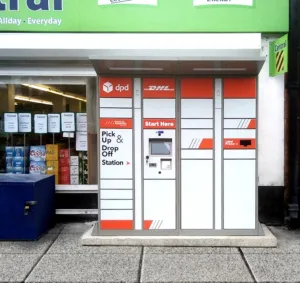By Sumran Kaul, Client Lead, Brand Metrics
Marketers know effective branded content in premium environments provides brands with a strong halo effect, but measurement options offered by publishers are often weak, with over reliance on flawed panel-based research. Over many years working on the commercial side of a leading media owner, I consistently came up against three issues:
1) Accuracy concerns
Comparing results of one set of people (e.g. a ‘pre’ / control sample) with another (a ‘post’ / exposed sample), based on ‘similar’ characteristics and calling them ‘comparable’ may be a well established practise, but it’s too simplistic for the real world.
2) Lack of context
After seeing results advertisers often ask “So, are these good?”. Too often I’d have to say “We think so”. Studies are typically isolated pieces with no context to make more sense of results.
3) They’re expensive
Panel-based research can be expensive and cut deep into stretched profit margins, especially for digital-only campaigns. And the cheaper you go, the more sacrifice on accuracy and quality
A new solution for measuring advertising effectiveness
Thankfully, new alternative measurement approaches are emerging. Brand Metrics is one example. An advertising technology company with an approach for measuring brand uplift on digital advertising using a methodology built on foundations from academia and marketing research. But built for the digital age. Simple and cookieless, easy to set up and implement but robust and flexible. A licence fee model makes it highly cost effective too.
The approach revolves around a consistent single-survey question, asked in the environment of exposure, focused on four universally relevant brand metrics:
● Brand Awareness
● Consideration
● Preference
● Action Intent
As the same metrics are captured in each measurement, results can also be benchmarked against a database of over 10,000 other measurements, split by – for example – advertiser category.
Plus, as it’s just one question, user experience is respected and demands on inventory minimal.
So, how is branded content measured?
The approach for measuring display centres on capturing frequency of exposure to creative. Survey responses are analysed across different frequency groups and an algorithm based on regression analysis used to calculate uplift. With branded content, where typically people are already acquainted with a brand and only read content once, we instead focus on engagement. Rather than frequency, a proxy, for example, scroll depth or time on page, is used. Other factors, such as where traffic comes from (organic vs via paid / social traffic) and use of on-site promotions (e.g. ‘signposts’) are also considered.
We’ve now been working with leading publishers worldwide measuring branded content. While the approach varies, the underlying principles remain the same – robust methodology, easy to implement, accurate and comparable results, and within an efficient cost-effective model.
Effective measurement is shifting from a nice to have to a necessity
Despite the relentless rate of marketing industry evolution, timeless truths will live on. Budgets under scrutiny, media owners squeezed in ecosystems dominated by a few, too much emphasis on values that don’t matter (impressions and clicks) and an endless battle to measure those that do.
With all this, effective measurement of branded content will inevitably move from a ‘nice to have’ to a commercial ‘necessity’. If marketers can’t prove it works, they can’t spend on it.
The smartest always keep an eye on the long-term big picture. To consciously explore and look to improve what they do. The same applies to the (glamorous) world of measurement. New innovative solutions are being sought out and long may it continue. After all, as Bob Iger, former Disney boss used to say “the riskiest thing we can do is just maintain the status quo”.







